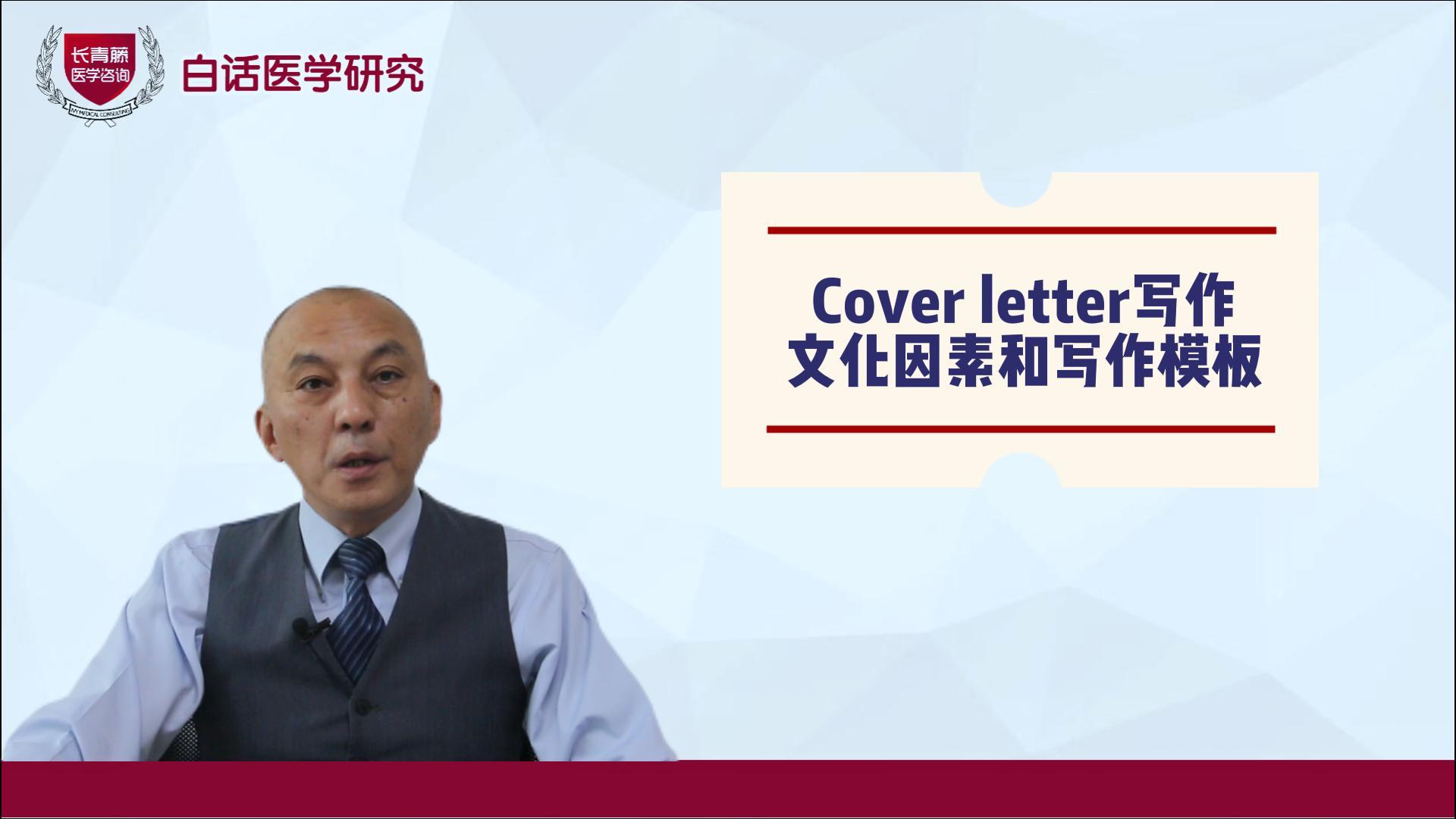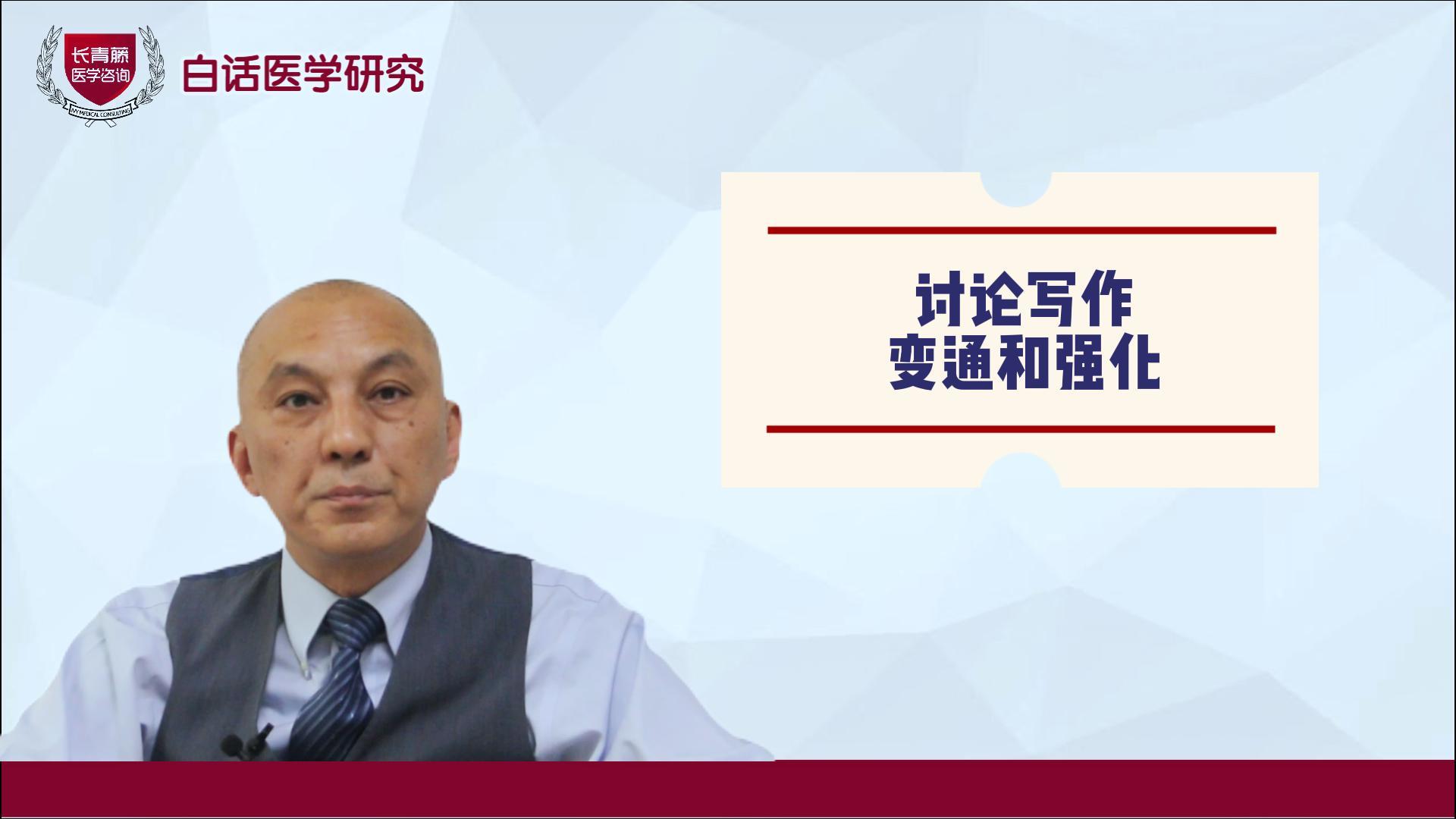2022-07-19


导管消融术治疗持续性心房颤动(AF)的成功率有限。除肺静脉隔离外的手术策略未能持续改善结果。马歇尔静脉含有神经支配和AF触发器,可通过逆行灌注乙醇消融。研究主要探讨静脉滴注马歇尔乙醇对持续性房颤消融效果的影响。
研究纳入343名随机患者,6个月和12个月时,导管消融联合静脉灌注Marshall乙醇组单次手术后无房颤/房性心动过速的患者比例为49.2%(91/185),而单独导管消融组为38%(60/158)(差异为11.2% [95% CI, 0.8%-21.7%];P = .04)
研究表明,在持续性房颤患者中,导管消融同时静脉滴注Marshall乙醇,与单纯导管消融相比,可增加6个月和12个月时未发生房颤或房性心动过速的可能性。需要进一步的研究来评估长期疗效。
Abstract
Importance: Catheter ablation of persistent atrial fibrillation (AF) has limited success. Procedural strategies beyond pulmonary vein isolation have failed to consistently improve results. The vein of Marshall contains innervation and AF triggers that can be ablated by retrograde ethanol infusion.
Objective: To determine whether vein of Marshall ethanol infusion could improve ablation results in persistent AF when added to catheter ablation.
Design, setting, and participants: The Vein of Marshall Ethanol for Untreated Persistent AF (VENUS) trial was an investigator-initiated, National Institutes of Health-funded, randomized, single-blinded trial conducted in 12 centers in the United States. Patients (N = 350) with persistent AF referred for first ablation were enrolled from October 2013 through June 2018. Follow-up concluded in June 2019.
Interventions: Patients were randomly assigned to catheter ablation alone (n = 158) or catheter ablation combined with vein of Marshall ethanol infusion (n = 185) in a 1:1.15 ratio to accommodate for 15% technical vein of Marshall ethanol infusion failures.
Main outcomes and measures: The primary outcome was freedom from AF or atrial tachycardia for longer than 30 seconds after a single procedure, without antiarrhythmic drugs, at both 6 and 12 months. Outcome assessment was blinded to randomization treatment. There were 12 secondary outcomes, including AF burden, freedom from AF after multiple procedures, perimitral block, and others.
Results: Of the 343 randomized patients (mean [SD] age, 66.5 [9.7] years; 261 men), 316 (92.1%) completed the trial. Vein of Marshall ethanol was successfully delivered in 155 of 185 patients. At 6 and 12 months, the proportion of patients with freedom from AF/atrial tachycardia after a single procedure was 49.2% (91/185) in the catheter ablation combined with vein of Marshall ethanol infusion group compared with 38% (60/158) in the catheter ablation alone group (difference, 11.2% [95% CI, 0.8%-21.7%]; P = .04). Of the 12 secondary outcomes, 9 were not significantly different, but AF burden (zero burden in 78.3% vs 67.9%; difference, 10.4% [95% CI, 2.9%-17.9%]; P = .01), freedom from AF after multiple procedures (65.2% vs 53.8%; difference, 11.4% [95% CI, 0.6%-22.2%]; P = .04), and success achieving perimitral block (80.6% vs 51.3%; difference, 29.3% [95% CI, 19.3%-39.3%]; P < .001) were significantly improved in vein of Marshall-treated patients. Adverse events were similar between groups.
Conclusions and relevance: Among patients with persistent AF, addition of vein of Marshall ethanol infusion to catheter ablation, compared with catheter ablation alone, increased the likelihood of remaining free of AF or atrial tachycardia at 6 and 12 months. Further research is needed to assess longer-term efficacy.
文章连接:
https://jamanetwork.com/journals/jama/fullarticle/2772281
百度浏览 来源 : 医微客
版权声明:本网站所有注明来源“医微客”的文字、图片和音视频资料,版权均属于医微客所有,非经授权,任何媒体、网站或个人不得转载,授权转载时须注明来源:”医微客”。本网所有转载文章系出于传递更多信息之目的,且明确注明来源和作者,转载仅作观点分享,版权归原作者所有。不希望被转载的媒体或个人可与我们联系,我们将立即进行删除处理。 本站拥有对此声明的最终解释权。




发表评论
注册或登后即可发表评论
登录注册
全部评论(0)